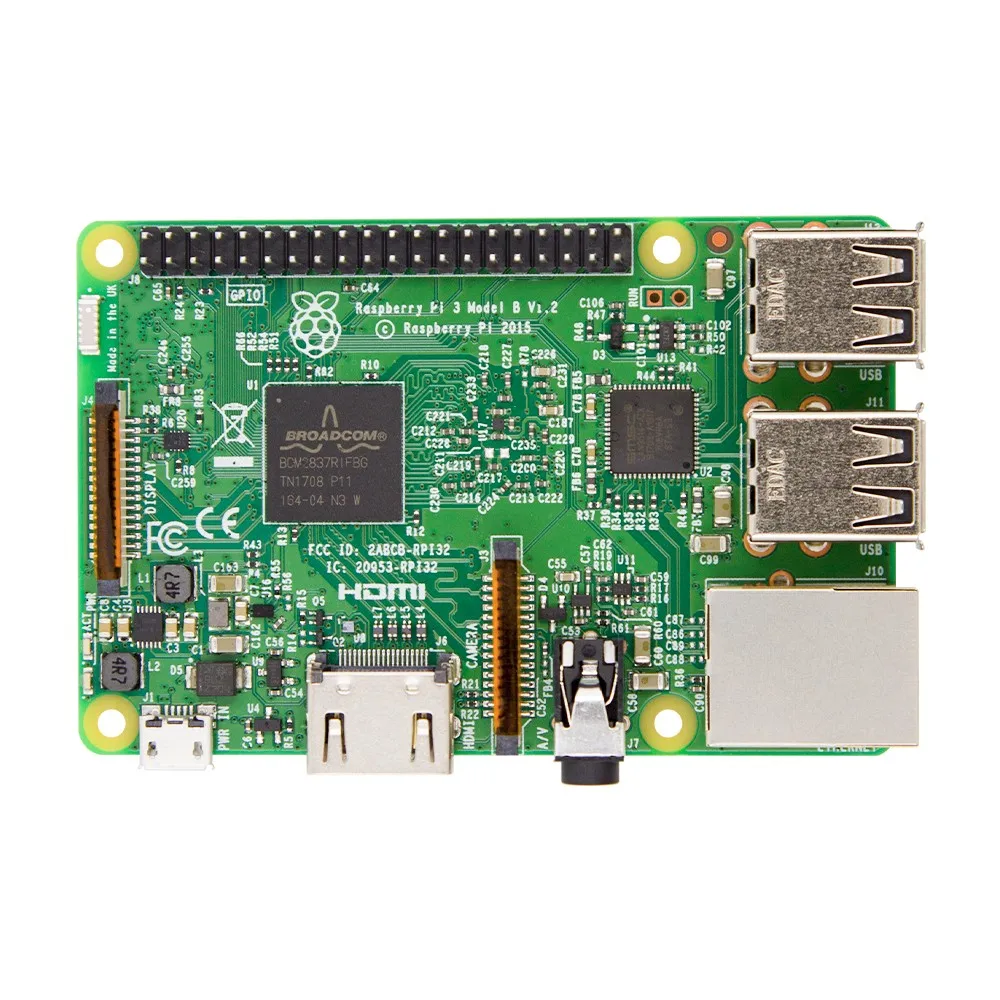
After logging in you will already see the message Wait a little until the computer has started up again and log in again via SSH.

You only have to add the line "arm_64bit=1". The Pi configuration file, add the line there at the endĪnd then press (Ctrl)+(X), then "Y" (or "J" if the editor is in German) and finally (Enter). If there is no error message, it is there - and you can switch to 64 bit. Now check whether kernel version 8 is available by using yourĮntered. If you see this message, the Pi is running with 32 bits. If, on the other hand, you see a reference to "armv7" in the output, the system is still 32-bit - you can change it now. Normally this shouldn't be the case, but if you get an indication of "aarch64" as an output, your Pi is already switched. You can now start with the commandįind out if your Pi isn't already running the 64-bit kernel of the Raspberry Pi OS. So far you have only carried out the "normal" maintenance work, which is useful anyway. Optional: Check the current operating mode of the Raspberry Pi for 64-bit This may take a while if you haven't done it for a while. The Pi now carries out all necessary system updates and installs them directly.
#RASPBERRY PI OS 64BIT UPDATE#
Next you should update the Pi: First give the commandĪ. All pricing and availability information on at the time of purchase applies to the purchase of this product.

Product prices and availability are correct as of the date/time shown and are subject to change. In this case, you must of course adapt the command accordingly. Log in to the handicraft computer, provided you have not changed your username and password. After booting, you can use a terminal or powershell window as usual Wire up your Pi and connect it to power if you haven't already done so.
#RASPBERRY PI OS 64BIT DOWNLOAD#
Danger: Don't forget to backup! In addition, you only have to do this on running Pi systems: If you reinstall, you can simply download the 64-bit version in the Raspberry Pi Imager choose. It's "easy as 1-2-3" as Michael Jackson used to sing. In short: 64-bit is worth it - and anyone who does not occasionally use the memory card with the system in an older Raspberry Pi should upgrade. In addition, 64-bit on the Raspberry Pi also opens up the possibility of running very memory-intensive applications on (future) Pi boards with more RAM. But basically, everything runs fine in parallel.A 64-bit system has a number of advantages: the Pi processor, which has long been built in 64-bit technology, is better utilized, and Raspberry Pi boards with 8 gigabytes of RAM can finally be fully utilized, since there are no longer four gigabytes RAM mark the upper limit. Whenever I had to find old configurations, I found them in the old /etc directory.Īnd I actually have a lot of services on my Pi: nextcloud with 250k pictures and facerecognition, motion with 2 cameras on motion detection recording, PiHole, webserver, some own servers and backup solutions. Whatever files of all users were needed were still in the /home directories or in my old /root, which were copied to the USB drive, so I just moved everything back to the new /root and /home. I backed up the /root, /etc, /var/This had the advantage that I got every program in the latest version and I got rid of unused programs and tons of space wasting log files and old installations. Well, I had a rather simple approach here.


 0 kommentar(er)
0 kommentar(er)
